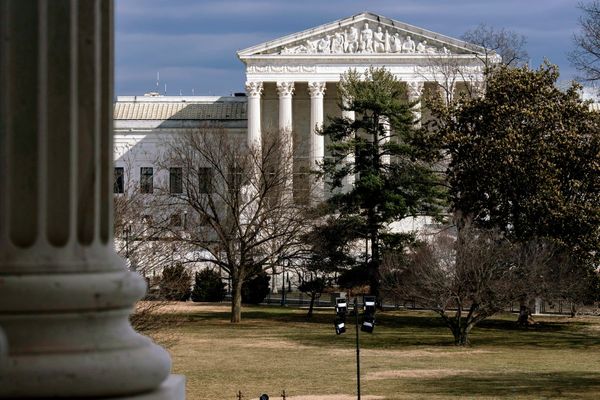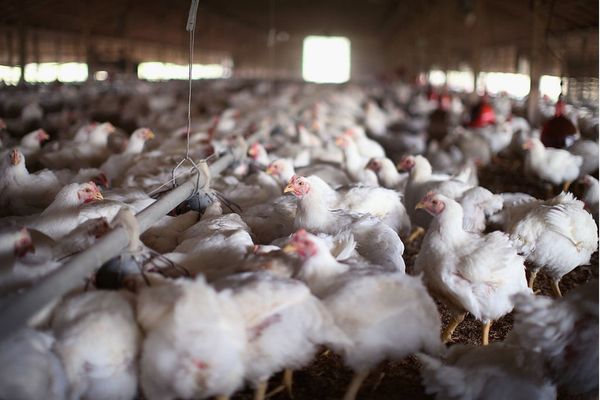
In the turquoise waters of Nacula Island, Fiji, steel sculptures sit on the seafloor, adorned with coral. The artworks are part of a pioneering conservation effort to help grow and restore coral reefs as they face the threat of bleaching due to warmer seas.
The installation, built of marine-grade stainless steel to withstand saltwater corrosion, consists of 137 structures and houses 30 different species of coral. It is designed to rehabilitate coral and to collect genetic material from the organisms that could help develop more climate-resistant varieties.
Not-for-profit group Counting Coral developed the project it describes as the world’s first sculptural coral bank. The group’s founder Jolyon Collier says the installation blends his love of art, the ocean and Fiji – where for the past 13 years, he has witnessed the impacts of coral bleaching.
“It’s all pristine coral, and then you watch those reefs start to die off. That is shocking to me and scary,” says Collier.
Climate change and warming oceans pose a threat to coral ecosystems. Coral Reef Watch and the Fiji Meteorological Service track the risk of coral bleaching and put high alert levels on some of Fiji’s reefs in the first half of the year. On Fiji’s largest island, Viti Levu, about 75% of the population lives in coastal areas and the ocean is intricately linked to wellbeing, culture and identity.
“I don’t think Fijians are aware of the devastating effects that it would have on them if they lost their coral.”

Collier says the structures serve as a “gene bank” – a library that stores and preserves genetic material from the corals – that could one day be used to create “super corals”.
“We are trying to create genetic strains of coral that are climate resilient, what we call super corals. We have seen some massive successes with really healthy coral, but we have had a lot of losses, and those are the obvious ones that we have to let go of because they are not demonstrating the genetic strength that we are looking for,” Collier says.
The process of planting resilient corals in the midst of heatwaves, warming oceans, storms and other varied weather patterns can be challenging, but strong structures help withstand changing conditions.
“That is what we do with the gene bank: we keep planting corals and observing them to make sure they demonstrate resilient qualities until we get those genetic strains that can withstand the storms and algae blooms,” he adds.

Collier and his team grow coral on the sculpture. Once it becomes large, they don’t remove it from the sculpture but rather clip the tips and transfer those to conventional nurseries. The parent coral remains on the sculpture and grows thicker and stronger with every clipping.
“We give it a little haircut, leave it alone for a couple of years, and so the substrate of the coral gets thick and really strong because of the haircuts,” Collier says.
The coral bank has brought hope to villagers on Nacula Island.
Local resident and passionate ocean advocate, Laben Naivalu, says: “Before our forefathers used to throw out their fishing lines just along the coastline. Nowadays we really have to go out to the open sea to fetch fish to feed our families.
“This initiative will help us grow our coral reefs and return our fishing grounds to the way our forefathers maintained them.”
As Fiji and the Pacific region face more adverse effects of the climate crisis, conservation efforts are welcomed, particularly in the tourism industry. The project aims to connect tourists to a whole new underwater world of conservation. Partnering with the village of Nacula and Blue Lagoon resort, they wanted make a coral sculpture that would make people stop, stare, and share.
The chief executive for Tourism Fiji, Brent Hill, said, “The sculptural coral bank in Fiji offers a unique and innovative appeal to tourists, setting the destination apart from others,” he says, adding it aims to attract environmentally conscious travellers.
“More importantly, the long-term impact of the coral bank on marine restoration ensures the preservation of the marine ecosystem and its attractions for future generations.”







